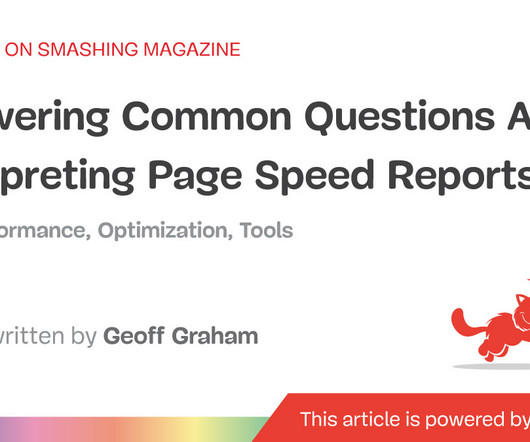Jamstack CMS: The Past, The Present and The Future
Smashing Magazine
AUGUST 20, 2021
The world’s first website was made from static HTML files created in a text editor. Fast-forward 30 years, and website technology has changed significantly — we have images, stylesheets, JavaScript, streaming video, AJAX, animation, WebSockets, WebGL, rounded corners in CSS — the list goes on. Mike Neumegen. released 1998.















Let's personalize your content